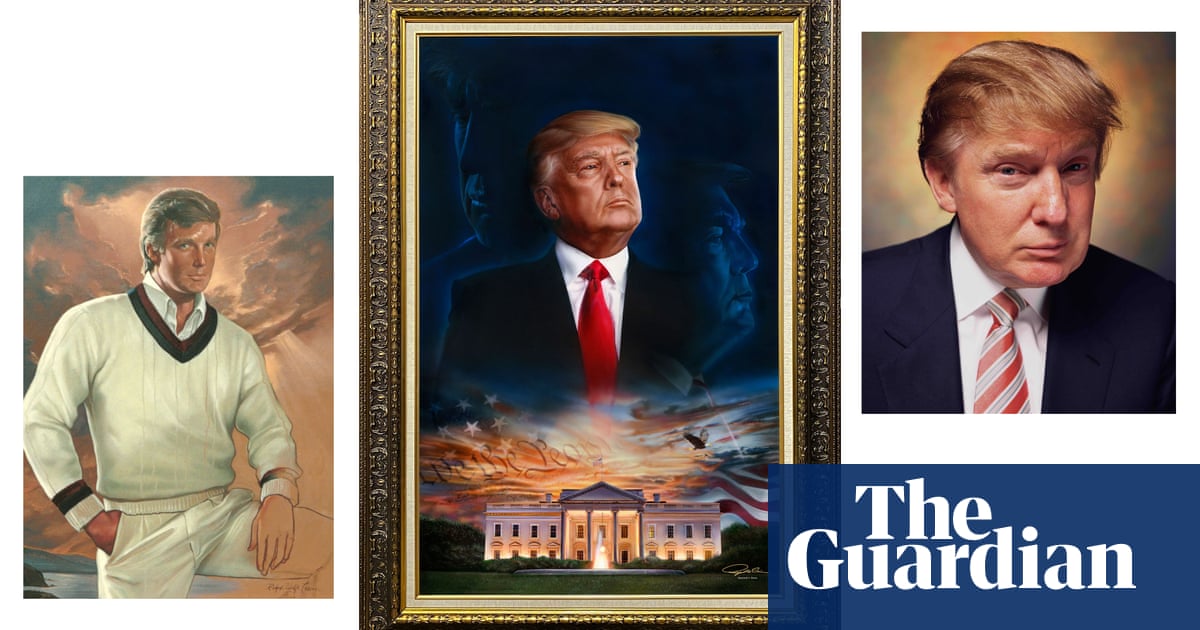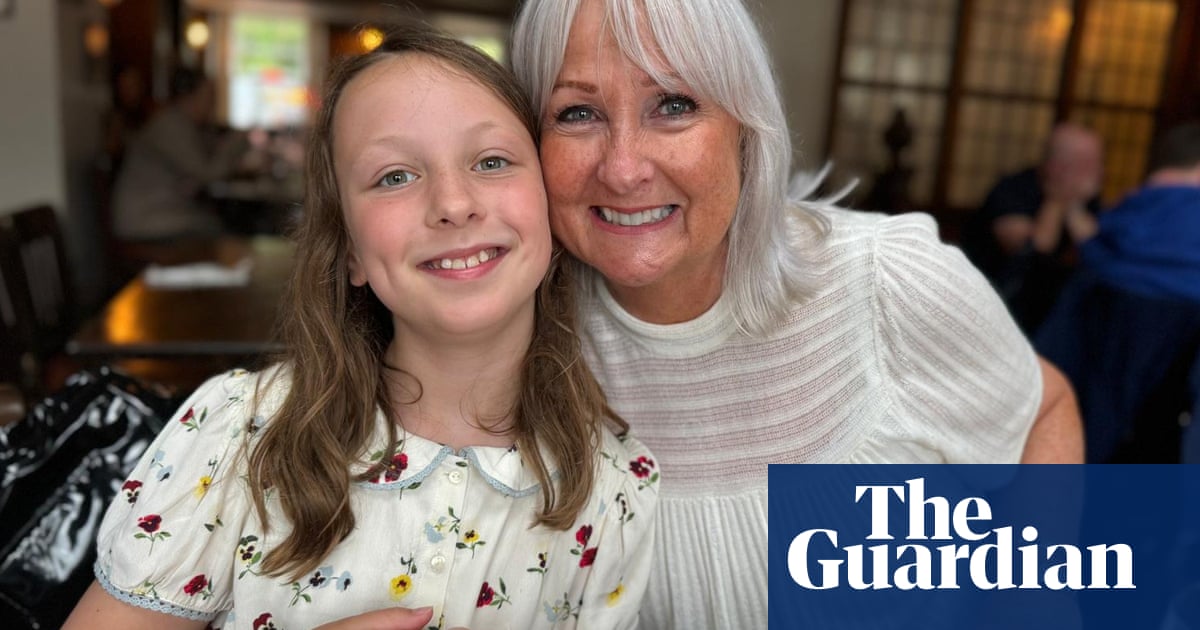America does not just have a new president. It also has a new king of pop art: Andres Serrano. It was Serrano who foresaw that Trump would prove to be an American phenomenon of a totally new kind. In 2016, when I interviewed the creator of the notorious work Piss Christ, Trump was running for president. Serrano gave me a gift: a postcard-sized portrait of Trump looking strong and purposeful, if strangely waxy. Serrano had taken the photo, closeup. What was it saying? “I never speak ill of people who’ve posed for me,” he said, echoing Andy Warhol’s policy.
Serrano has since taken his interest to obsessive and spectacular heights by collecting Trump memorabilia at a personal cost of $200,000, ranging from a photo of Donald and Melania’s wedding cake to a deodorant called Success By Trump, and displaying it all in an art installation and book entitled The Game: All Things Trump. Where Warhol once silkscreened Marilyn Monroe and Jeff Koons made a porcelain statue of Michael Jackson, Serrano has had the perspicacity to acknowledge Trump’s charisma.
That may not be your first choice of word, but charisma is in the eye of the beholder. The same qualities that make Trump repellent to some are attractive to others – to most of the US electorate, in fact. One person certainly fascinated by Trump’s charisma is Trump. Last summer, a few weeks after he survived an assassination attempt, he gracefully took delivery of The Game. A photo shows him smiling with it at Mar-a-Lago. But then of course Trump was happy: The Games is full of images of him.
In fact, art about Trump appears to be the only kind that interests the president. For a rich New Yorker, he is unusual in his avoidance of art-collecting. When Warhol made a series of pictures in 1981 of the then unfinished Trump Tower, Trump refused to buy them for its lobby – they didn’t match the colour scheme. This led Warhol to remark in his diaries that Trump was “cheap”, and he kept up the “hate” (his word) to the end of his life (although he did accept an invitation to judge a cheerleading contest at Trump Tower’s official opening).
However, when the society painter Ralph Wolfe Cowan offered to portray Trump, he received a more enthusiastic response. The resulting 1989 canvas, The Visionary, hangs in a wood-panelled bar at Mar-a-Lago. It portrays Trump, then in his 40s, as a kind of Gatsby figure wearing sporty shirt, pullover and slacks, all white, as if ready for a tennis match. He poses casually but manfully in front of a pink, stormy sky and a silvery, placid Atlantic Ocean.
The Visionary is about as flattering as art can get, giving Trump’s face a rosy, almost supernatural glow. But provided he is the subject, it seems Trump can enjoy artistic irony too. Last year he invited Isabelle Brourman to Mar-a-Lago to do his portrait. She is very much a young hip New York art world type. How did she get into Trump’s court? First, by painting him in a law court.
after newsletter promotion
Brourman gained accreditation as an artist at various Trump trials, but her sketches didn’t follow the usual flat, objective court-reporting style. They expressed drama and emotion in dynamic closeups, scribbled notes and frenzied montages. In one picture, Stormy Daniels in shades turns her eyes sideways as if conscious of Trump behind her, while his face seems about to collapse in on itself. Trump was impressed. She claims he told her “there’s a lot of genius in the work”. So at Mar-a-Lago, he let her sketch his bullet-grazed ear. Brourman seized the chance to give him Serrano’s book.
Brourman and Serrano are sophisticated artists who look at the world with an ironic, cool eye. But when Trump entered the White House in 2017, he hung a painting with absolutely no art world kudos whatsoever: Andy Thomas’s The Republican Club, a serviceably realist scene in which Trump sits smiling at a table with previous Republican presidents including Lincoln, Reagan and both Bushes. Once again, Trump is the centre of attention. It looks as if all the ex-presidents are delighted by his latest brilliant remark. A critic at the time compared it to the famously kitsch painting of dogs playing poker.There we go again, letting snobbery about Trump’s bad taste distract us from what he really is. When Trump asked to borrow Van Gogh’s Landscape with Snow from the Guggenheim for the White House in 2018 – for once showing an interest in art without him in it – he was instead offered America, Maurizio Cattelan’s gold toilet.
You can buy a print of The Republican Club from Andy Thomas’s website, with small sizes starting at $55. Less jokey and more imperious is The Awakening by Ray Simon, in which the blue-blazered, red-tied Trump torso presides over an epic sky above the White House. The original hangs at Mar-a-Lago while limited edition copies can be found online for around $5,000, with a promise that they “exude sophistication”. Jon McNaughton, meanwhile, has built a following by painting Trump in heroic poses and acts. Heavy on symbolism and frequently featuring past presidents in various displays of approval or disapproval, his works have a down-to-earth, Rockwellesque feel – although much angrier.
The popularity of these painters suggests that Trump is not alone in wanting to decorate his home with his likeness. But of course the most politically effective Trump image was realised not in a painting at all, but in a photograph – the one taken by Evan Vucci of the then presidential candidate raising his fist in defiance after being shot at last July. Defiance is now Trump’s look. In his official portrait photo, he seems to grimace menacingly at enemies. Are they America’s? His own? Warhol called Trump a “butch guy” but even this great chronicler of modern America never predicted the property developer he knew would twice become president.
In retrospect, The Republican Club was a reassuring painting: it put Trump in a conventional, conservative tradition, perhaps suggesting he’s a new Reagan. But his post-shooting, fist-pumping persona is entirely different. When she visited Mar-a-Lago, Brourman said Trump had changed from when she painted him before the assassination attempt. “His eyes,” she said, “looked different.”








